Surrounding Siem Reap, Cambodia lay literally dozens of Hindu and Buddhist temples built by the Khmer kings between the year 800 and 1300. During that period, Angkor was the capital of the Khmer empire and, at its peak, had a population of one million (more than any another city prior to the industrial revolution). When Angkor was sacked by the Thais in the late 1300s and early 1400s, the city was all but abandoned, leaving all of the houses and palaces, which were built of wood, to decay and eventually disappear. The temples however, which were built of stone or brick (the materials reserved only for the gods), remained until the French colonialists rediscovered them in the late 1800s. Although the paint has long faded and many of the temples have been turned to ruins by the jungle or war, the magnificence of these sacred places remains firmly intact.
With four nights in Siem Reap and, hence, three full days to explore the temples, we opted to focus on only the most important sites. This way we could spend about half of each day temple touring and the other half relaxing by the hotel pool. Ultimately, we didn’t want our lasting impression of Angkor to be tarnished by three long days sweating like pigs and feeling “ruined” in 35 degree weather. That said, during our three half days of temple touring, we managed to visit 12 different sites.
On our first day, we visited a string of temples on the “Big Circuit” in the afternoon. Although we chose the warmest part of the day, these particular temples were supposedly quieter in the afternoon than in the morning and, as it turned out, the crowds were smaller than we had expected. Of the seven different sites that we visited on day one, we particularly enjoyed Preah Khan, a temple that fused both Buddhism and Hinduism, and Pre Rup, a towering temple that offered superb views of the surrounding jungle.
To get around to the various temples on the “Big Circuit”, we paid a driver to take us in a tuk tuk (which is basically a carriage attached to a motorcycle). Generally, tourists will tour the temples on either a bus, a bicycle or a tuk tuk. We chose to use a tuk tuk because we didn’t want to be herded around on a bus as part of a large tour group and, although many others were doing it, we felt it was to hot to ride bicycles (we wanted to save our energy for the temples). We also decided not to use a guide on our first day, we simply referred to the Wikipedia articles for each temple that we had downloaded onto our iPhone.
On our second day, we visited only one temple, Banteay Srei, since it was located over an hour ride away from Siem Reap. Like the first day, we went via tuk tuk, without a guide and in the early afternoon. Translated into English, Banteay Srei means “Citadel of the Women” – its stone work is so ornate that it is said it must have been carved by women. Banteay Srei was indeed a beauty and, despite its relatively small size, we spent more than an hour admiring its details.
We saved the most popular temples (Angkor Wat, Angkor Thom and Ta Prohm) for our third and final day of temple touring. Our guide book suggested that if we saw these three temples on the first day, the other temples simply wouldn’t compare. And, without taking anything away from the other sites, there was probably some truth to this point – these three temples were simply breathtaking. Angkor Wat is the world’s largest religious building, Angkor Thom is full of treasures like the animated Bayon, and Ta Prohm (aka the Tomb Raider temple) is suffocating under the jungle. For our third day we also went by tuk tuk but this time we also used a guide (given the importance of the temples we’d be visiting). Unfortunately our streak of having outstanding guides came to an end as our guide for the morning lacked a bit of enthusiasm. Nevertheless, he gave an adequate tour of the three temples and certainly opened our eyes to much more than we would have seen on our own.
All in all, we had an unforgettable time admiring what is surely one of the most impressive ancient sites we’ve had the opportunity to visit. It’s also worth mentioning that Siem Reap itself was hardly an authentic Cambodian city, rather more of a home base for tourists wanting to explore the surrounding temples. For a tourist town though, Siem Reap was right on the money with a number reasonably priced hotels, excellent restaurants and lively bars. The $2 foot massages and $11 full body massages, moreover, were the perfect treat after a day climbing over temples under the hot sun.





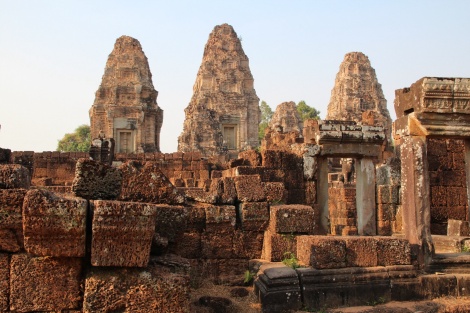




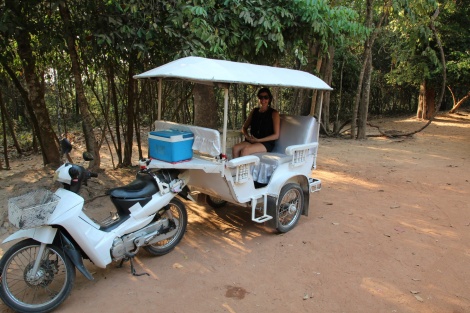
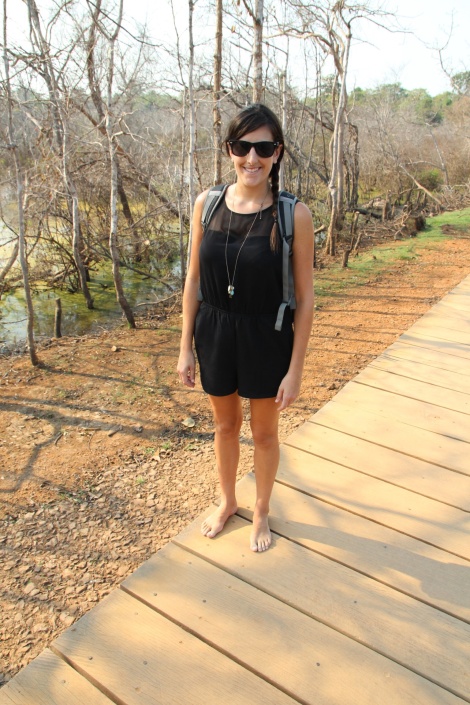
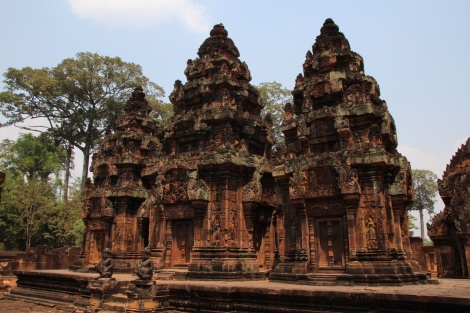








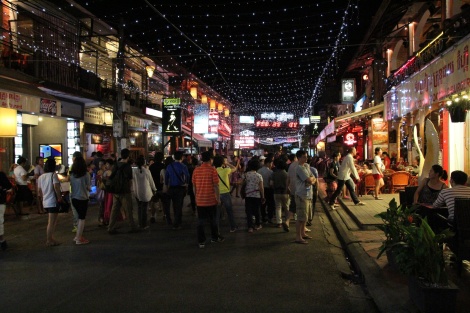
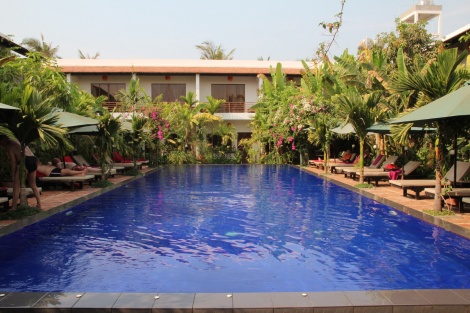
Absolutely Fantastic!
Great share.
Thank you